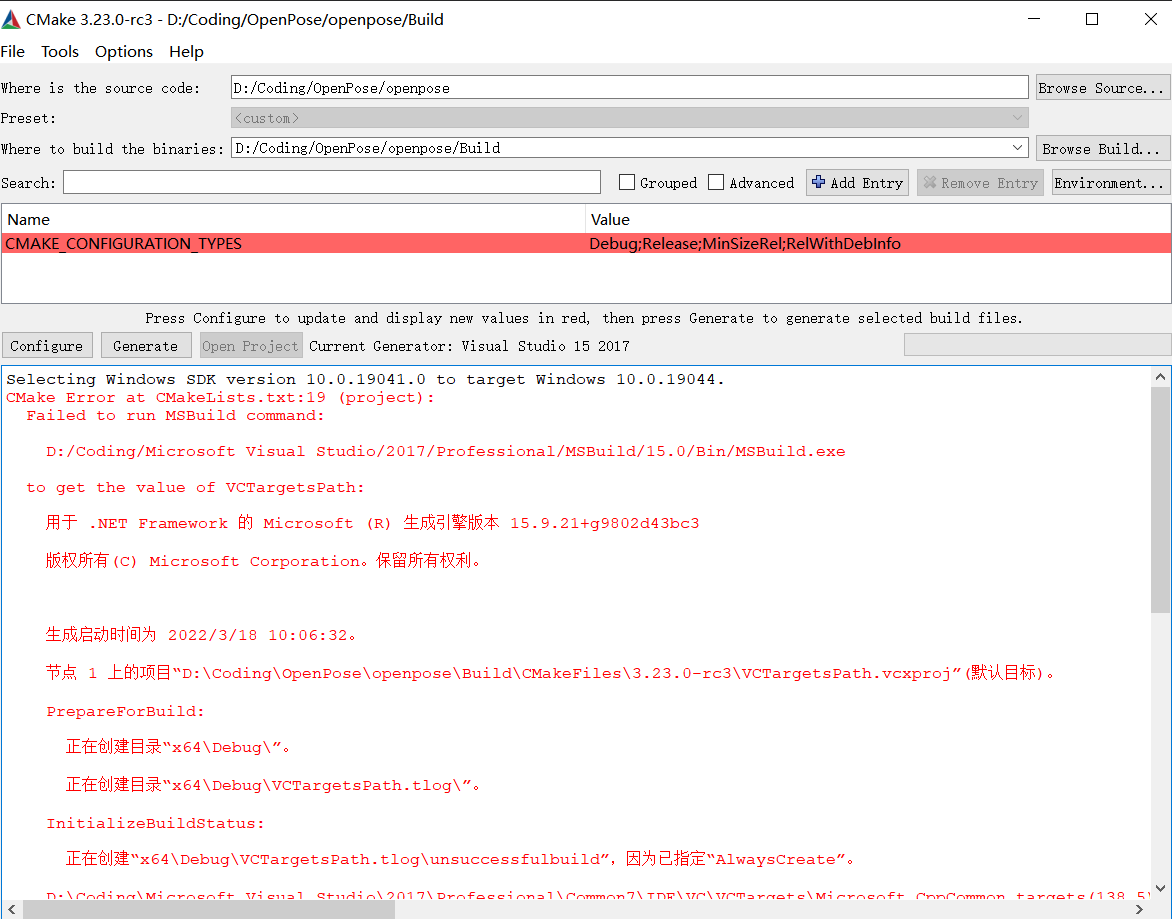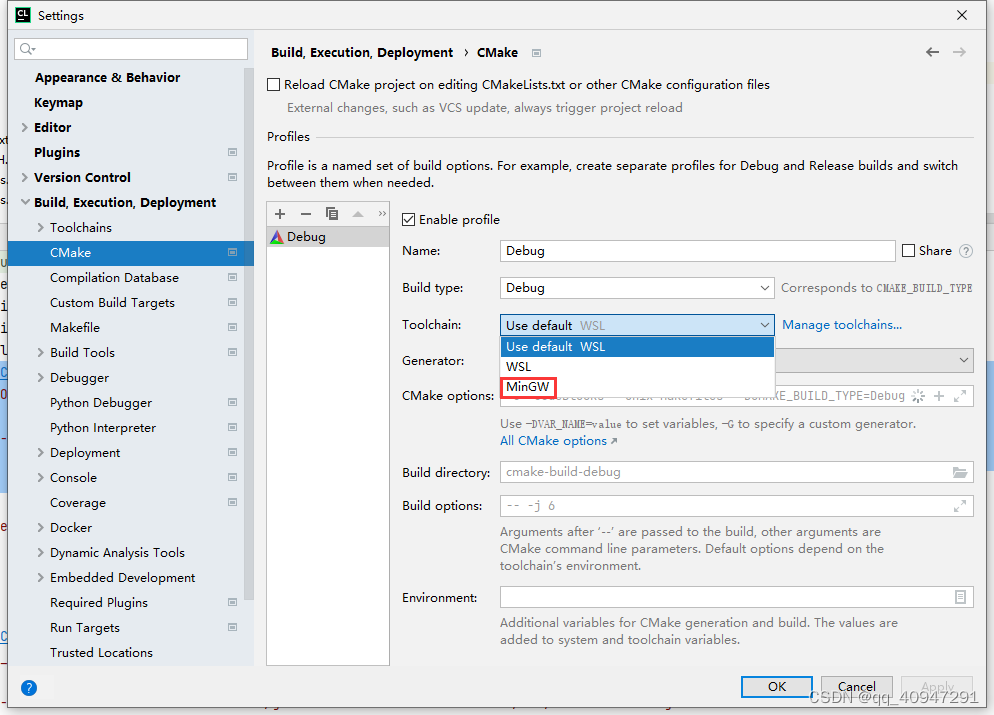

Install doesn’t include X or you primarily use ssh sessions you willĪlso want to install the cmake-curses-gui package. Ubuntu version, will find the cmake package.
#Cmake tutorial cmakelists txt software
Software Center or in the Synaptic Package Manager, depending upon your However, searching for CMake in the Ubuntu The simplest way to install CMake is via the command line: sudoĪpt-get install cmake. This provides the cmake command and the curses interface If you already have homebrew installed you can simply install CMake with

This provides the cmake command, the CMake GUI It will ask if you want it to make the command line toolsĪvailable in your path by creating symbolic links, have it do so. Use the installer and follow itsĭirections. This provides the cmake command and the curses Terminal which can be found in the Start Menu. After the installer has finished theĬygwin environment can then be accessed via the Cygwin Will take a a few hours, but even just installing the development tools If you chose to install all packages the install

“Default” next to “Devel” until it reads “Install” this will install just If you don’t want to install everything click the word Packages click the word “Default” next to “All” until it reads Then either chose to install all packages or just CMake. Follow its steps until you can select packages, Also most of this tutorial is done in a Linux-likeĮnvironment, so with Cygwin installed it will be easier to follow along. This way common Linux tools and utilitiesĬan be available. Even if you don’tĪlready have Cygwin installed you may want to as it provides a Linux-likeĮnvironment natively in Windows. This provides both the cmake command and the CMake GUIĬMake can, of course, be installed as part of Cygwin. Be sure to add CMake to the system PATH so that youĬan use it from the command line. Installation Windows Download and Install However, after this chapter you will knowĮnough to build simple programs with CMake and run simple tests with CTest. I won’t cover any particular aspect of CMake in great detail yet. It’s a little fancier than “hello world” but not much. Once we have CMake installed we create a simple project. The best way to do this depends on your platform and how you usually do In this chapter we start by installing CMake.


 0 kommentar(er)
0 kommentar(er)
